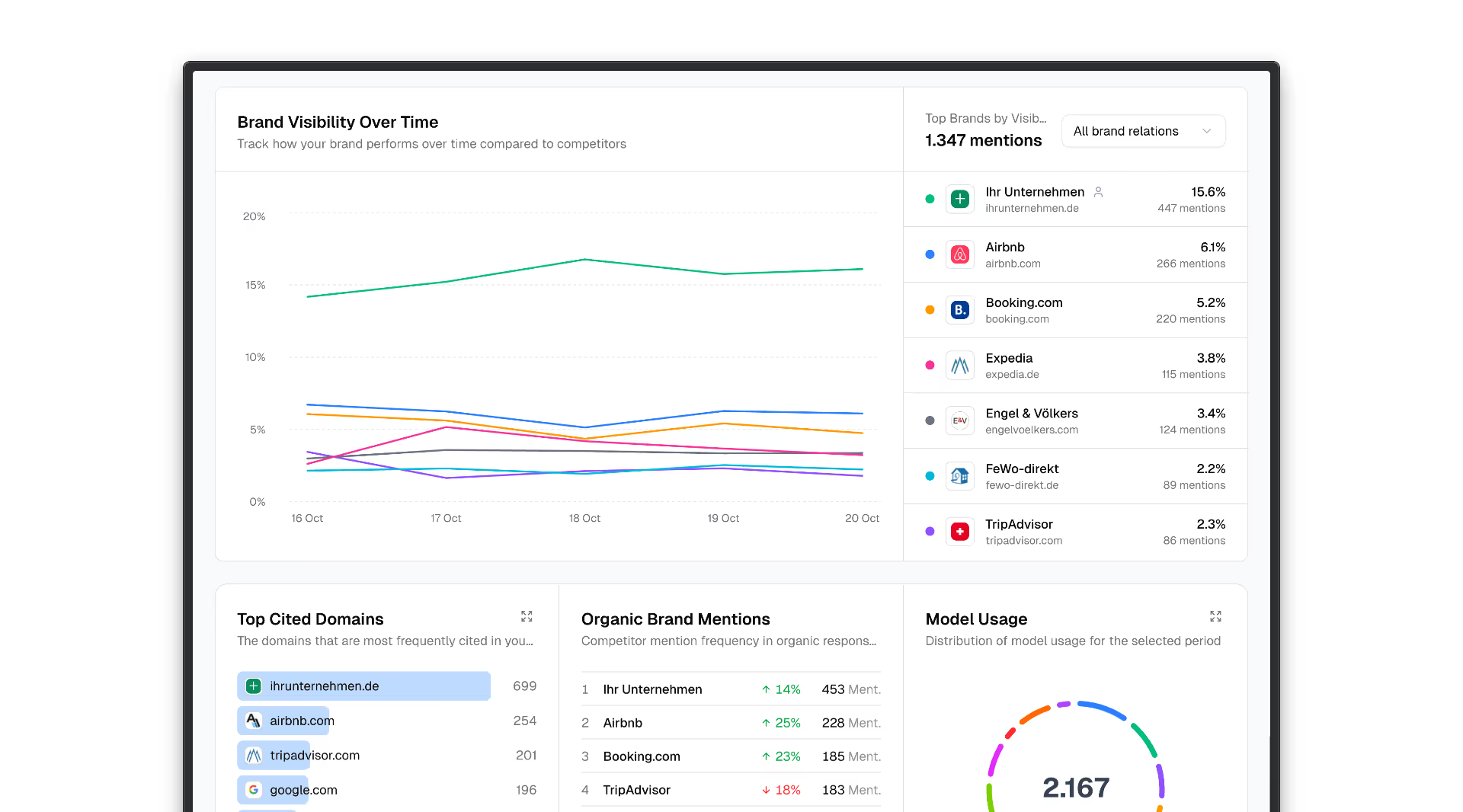What is a content delivery network (CDN)?
A content delivery network (CDN), also known as “content distribution network,” is a system of servers and data centers developed to deliver web content, such as images, videos, scripts, and other resources, efficiently and quickly to end users around the world. The basic idea behind a CDN is to improve the performance and availability of web content by bringing it closer to users.
Here are the key features and functions of a CDN:
- Global distribution: CDN servers are spread across different geographic regions around the world to bring content closer to end users. This reduces latency and speeds up the loading process of web pages.
- Load balancing: A CDN evenly distributes traffic across the various servers to minimize utilization and ensure high availability.
- Cache management: CDN servers store copies of web content (cache) to deliver frequently requested resources more quickly. This relieves the load on the origin server and speeds up load times.
- Safety: Some CDNs offer security features, such as DDoS protection and Web Application Firewall (WAF), to protect websites from attacks.
- Analysis and reporting: CDNs often provide tools to monitor and report on traffic and performance of content delivered.
CDNs are particularly useful for large websites, e-commerce platforms, media companies, and others that host rich digital content. By using a CDN, they can improve the user experience, reduce load times, and improve the reliability of their services. Popular CDN providers include Akamai, Cloudflare, Amazon CloudFront, and many others.
